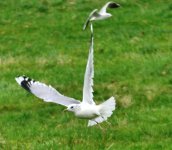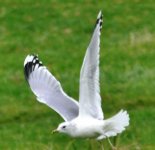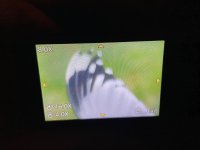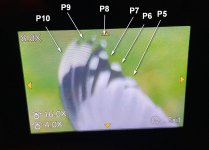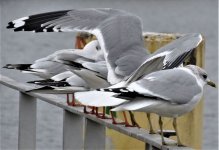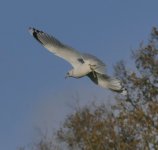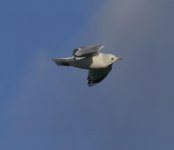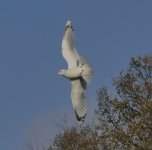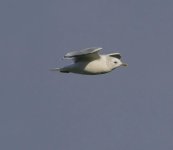KenM
Well-known member
Found this Common Gull amongst a flock of circa 40 BHGulls yesterday on forest land (Epping Forest).
I took a few “flight” shots and on returning home I referenced a “research gate PDF” by P.Adriaens & Chris Gibbons on the Larus canus complex.
Principally, because I was alerted to the possibility of Larus heinei which had been claimed the previous day in Richmond Park albeit being a distinctly remote chance, I knew that I had to swot up on “the differences” between the two taxa.
I’ll cut to the quick, it was stated that only 1% of L.canus birds had a “broken” bridge on P4 compared to L.heinei within which this feature is a constant?
Further, a small white mirror on P9 and a solid black tongue on P4 should also be requisite feature for “heinei?”
At the very least I’m hoping for a “one percenter” as the subject bird appears to conform?
Cheers
I took a few “flight” shots and on returning home I referenced a “research gate PDF” by P.Adriaens & Chris Gibbons on the Larus canus complex.
Principally, because I was alerted to the possibility of Larus heinei which had been claimed the previous day in Richmond Park albeit being a distinctly remote chance, I knew that I had to swot up on “the differences” between the two taxa.
I’ll cut to the quick, it was stated that only 1% of L.canus birds had a “broken” bridge on P4 compared to L.heinei within which this feature is a constant?
Further, a small white mirror on P9 and a solid black tongue on P4 should also be requisite feature for “heinei?”
At the very least I’m hoping for a “one percenter” as the subject bird appears to conform?
Cheers




